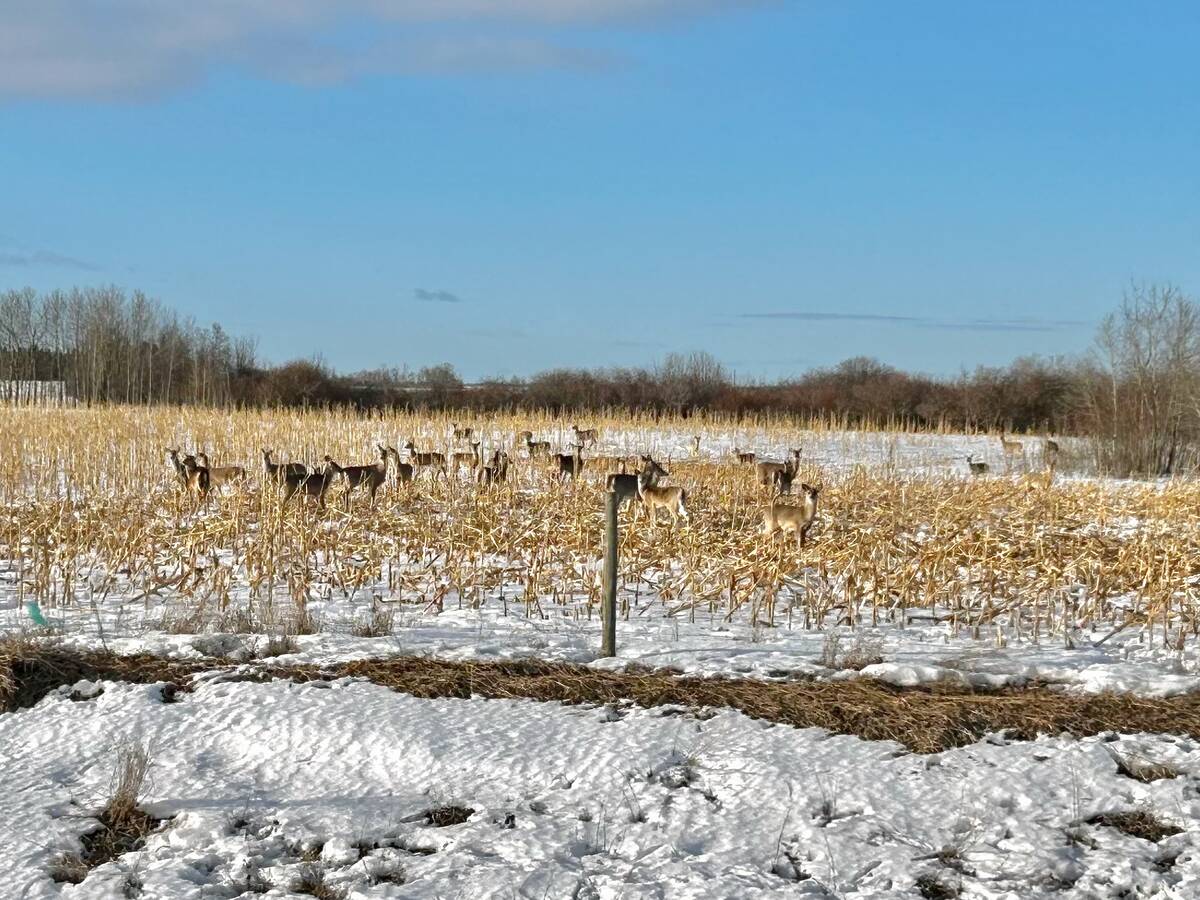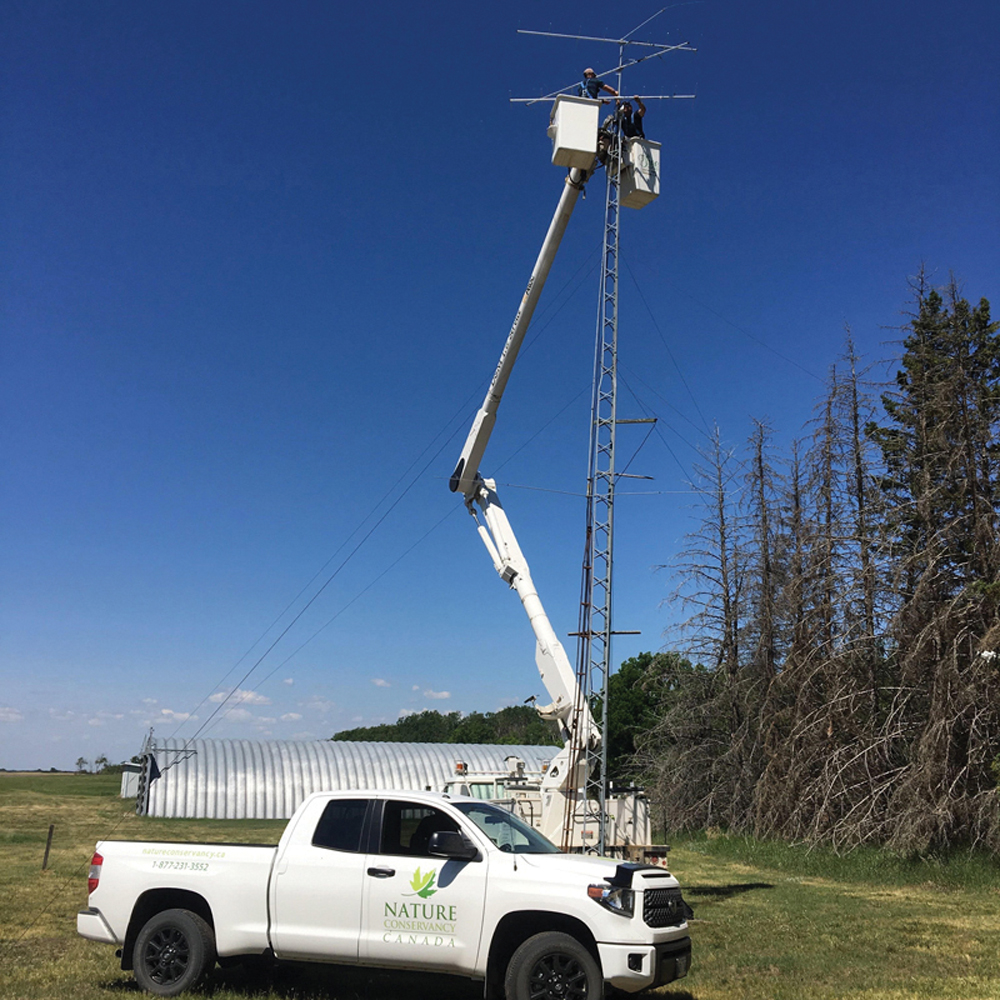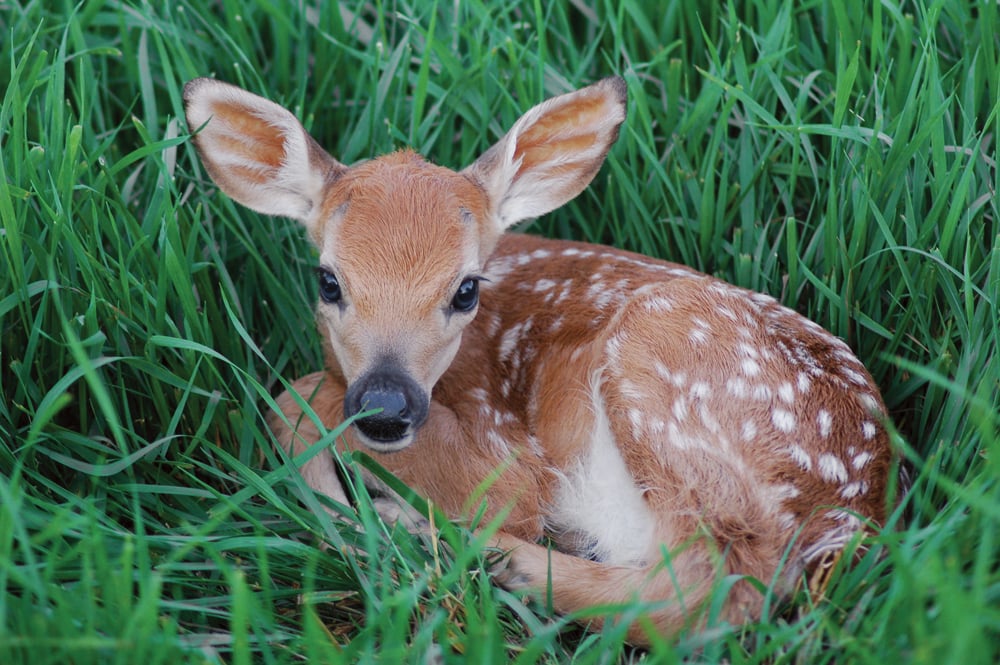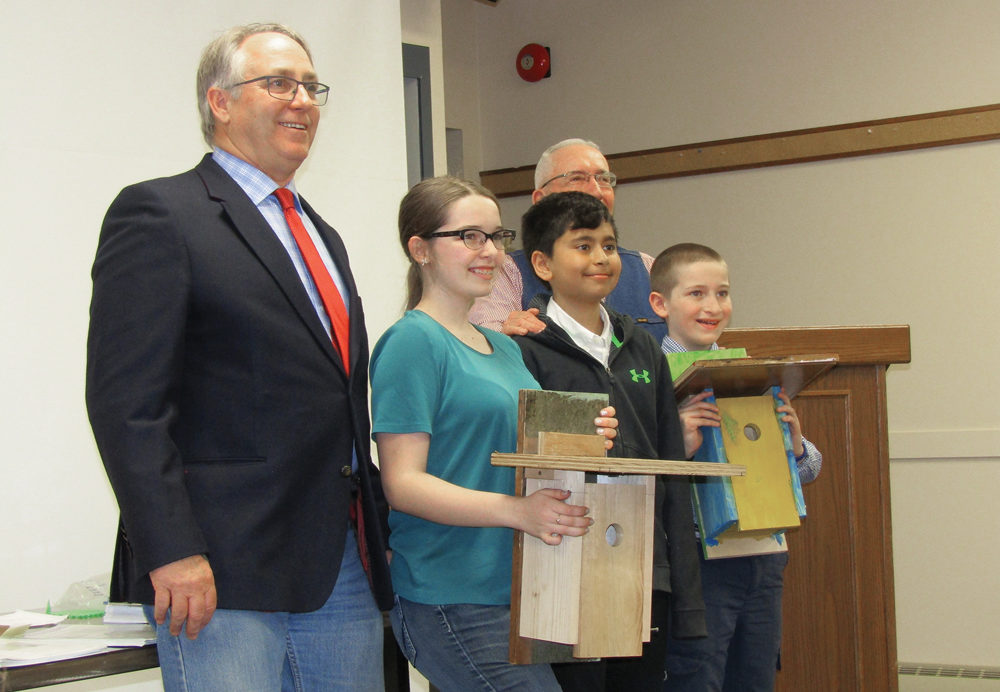Do you put out food for birds in winter? If so, why not take part in the Great Backyard Bird Count (GBBC), an annual four-day count held in February each year? This year it will take place February 12 to 15 (the Louis Riel holiday weekend).
The Great Backyard Bird Count has been held throughout North America for the past 18 years. Organized by the National Audubon Society, the Cornell Lab of Ornithology, and Bird Studies Canada, it has spread over the years to include more than 100 countries. In February 2015 a record 147,265 checklists were submitted and over 5,000 species were identified. In Manitoba alone, 768 checklists were submitted, with 68 species recorded.
Read Also

Manitoba launches CWD tracking tool
A newly launched digital dashboard allows hunters to track where chronic wasting disease has been confirmed in Manitoba
To take part in the GBBC, you need access to the Internet, since all information is submitted that way. If you are interested in participating, check out the website before getting started, as directions are given for how to participate and how to identify various species.
Basically, you just tally up the numbers and kinds of birds you see on one or more of the four days. If this is your first time counting, you will need to register online. If you have participated previously, you can use your existing login, and type in the species and numbers of birds you have counted.
Most counts are made by watching backyard feeders, although the term “backyard” is somewhat of a misnomer, since participants can also check out other locations. Last year Canada geese were counted at one of the bridges in Winnipeg, and a grey jay was recorded on the Clearwater Lake Ski Trails. Reports are updated frequently as they are submitted, so ongoing results can be checked out each count day.

Those wanting a little help can go to the opening web page, click on “Get Started” and then scroll down to “Bird Lists.” If you click on the Canada/U.S. section and type in your town or postal code, a list of common birds from your area will appear. Click on a bird and a picture will appear.
The pages on “Tricky Bird IDs” is useful for such hard-to-distinguish species as the house finch and purple finch. Another feature of the GBBC website is photos taken by participants over the years. Be sure to check these out, as some of the pictures are amazing.
Information from the GBBC is used by scientists to help give an overall picture of changes in bird populations over the years, perhaps due to weather or other factors. For instance, the number of redpolls, pine siskins, purple finches, crossbills and pine grosbeaks at bird feeders in southern Manitoba can vary greatly, depending on the temperature, snow cover, and availability of seeds farther north in the boreal forest.
If you’d like to take part in the bird count, mark the weekend of February 12 to 15 on your calendar. It doesn’t take a lot of time. Even half an hour counting can be productive, especially in early morning or late afternoon — when the birds flock to feeders for their first and last feedings of the day. Then a little time on the computer — your own or one at your local library — can send your information on its way to help in this worthwhile project.















